Today, I want to share our walk during our vacation in Vigan, Ilocos Sur.
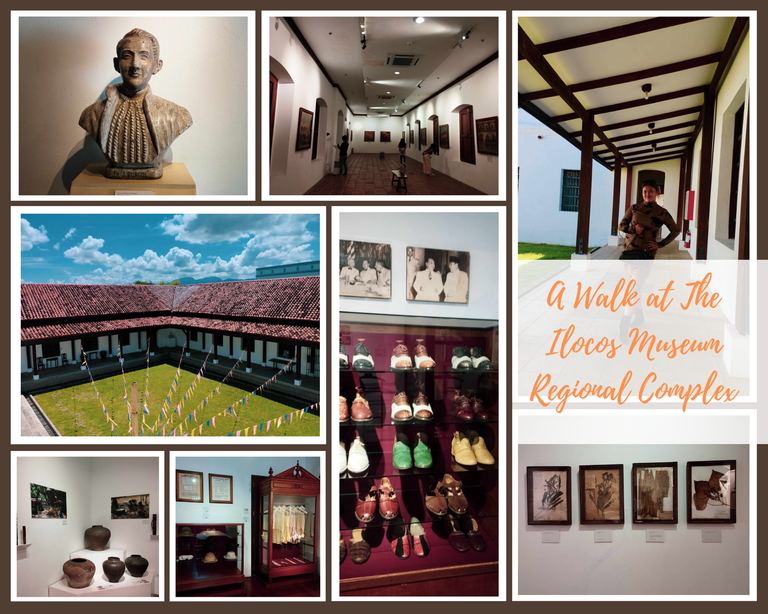
Being a teacher, it's a great privilege for me to learn and discover the wonders of our history, especially the historical places that are very significant in our Philippine History.
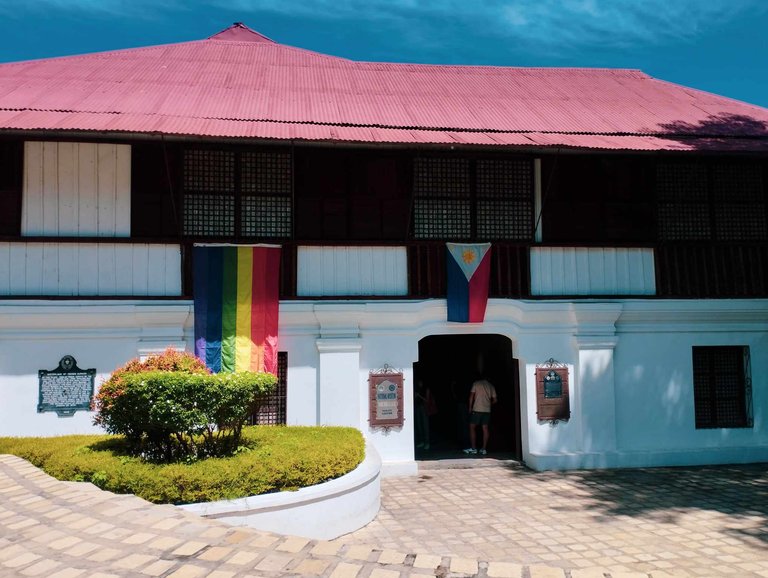
Fortunately, Vigan, Ilocos Sur, is rich in historical landmarks and stories. Vigan is well known for keeping much of its Spanish colonial architecture intact, particularly its original grid street layout and urban planning.
My curiosity about the city's Hispanic roots was piqued when I visited Vigan. I am astounded that there are so many locations to sate my curiosity about our past, including the Ilocos Museum Regional Complex of the National Museum of the Philippines in Burgos, Vigan City.
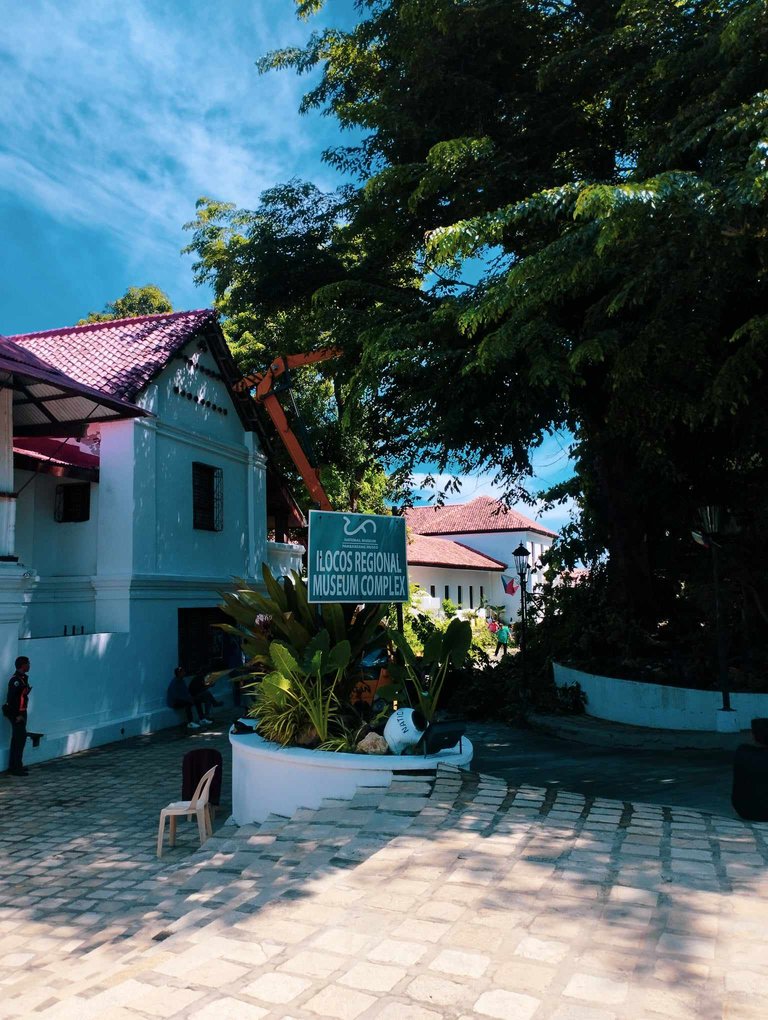
It is a museum set near the provincial capitol building in Vigan.
Father Burgos National Museum House
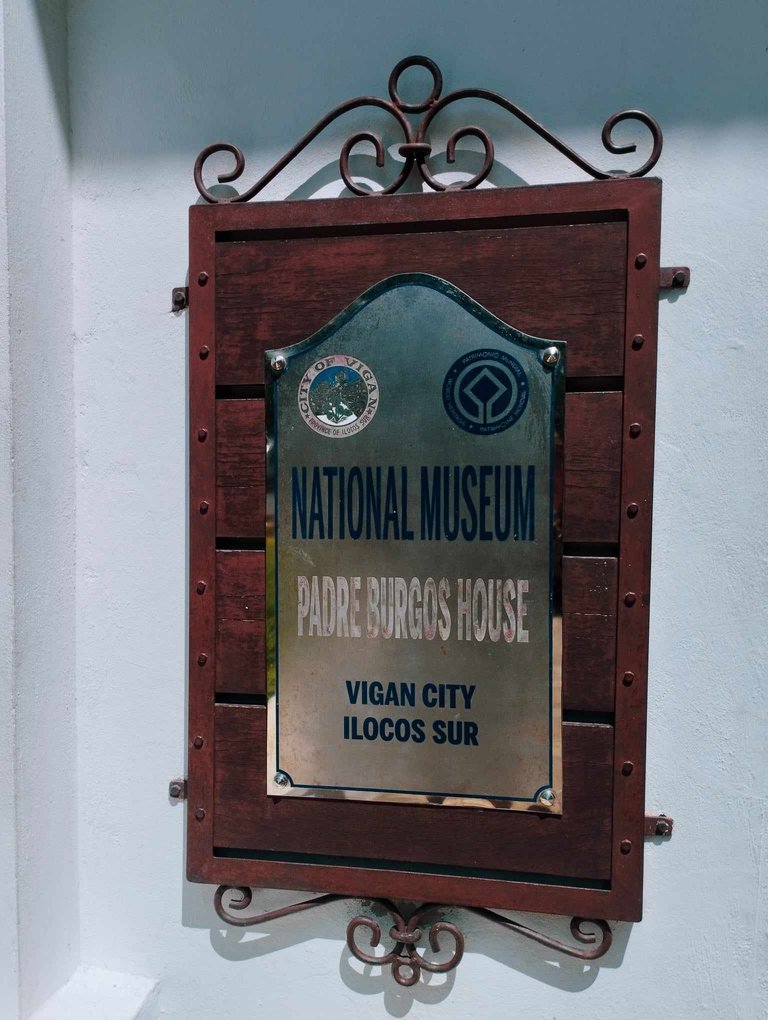
Our tour guide told us that much of Vigan's history can be attributed to the Catholic religion, which Spanish colonists spread. The museum is named for one of the most critical figures in Philippine history: Padre Jose Burgos. He is one of the martyred priests who fought against Spanish colonization and promoted reform in 1572.
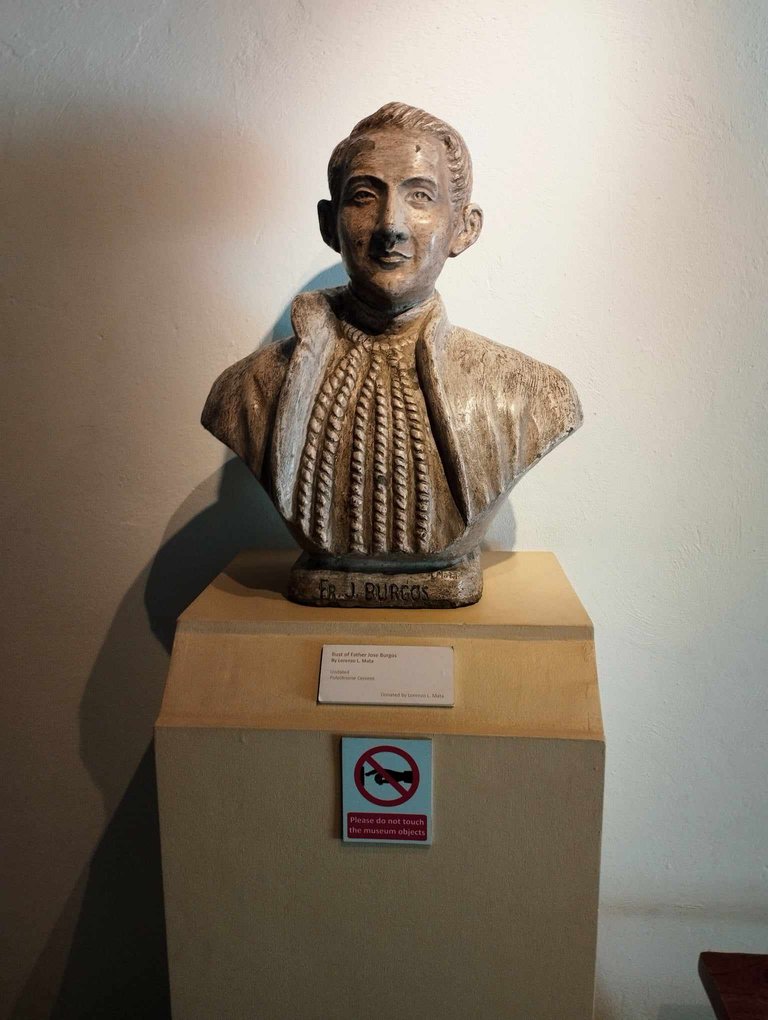
Father Burgos's quarters, a mini-library with Noli Me Tangere—a gift from his pupil Jose Rizal—a collection of his souvenirs and images, as well as antiques and jewellery passed down through the generations, are all housed inside the museum.

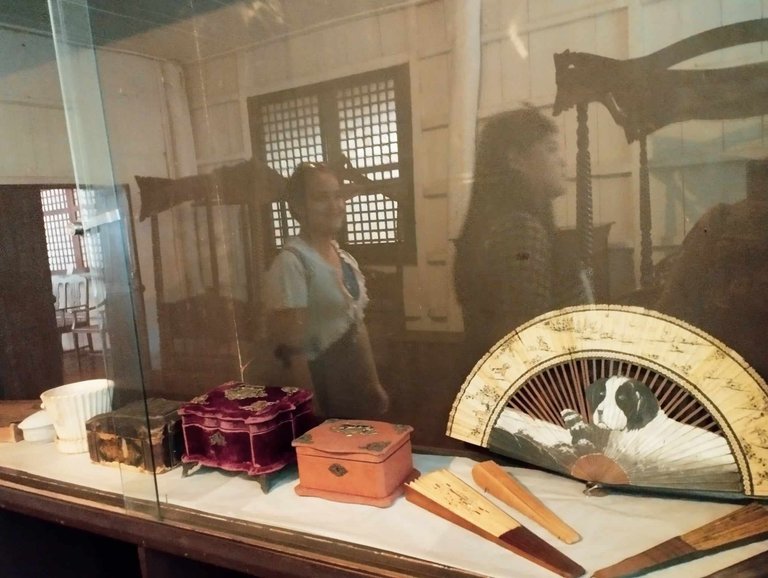
Along with displays of Ilocano and Tinggian archeological and ethnographic artifacts, there will be dioramas depicting the region's history and a hall of fame honouring Ilocos' heroes and accomplishments.
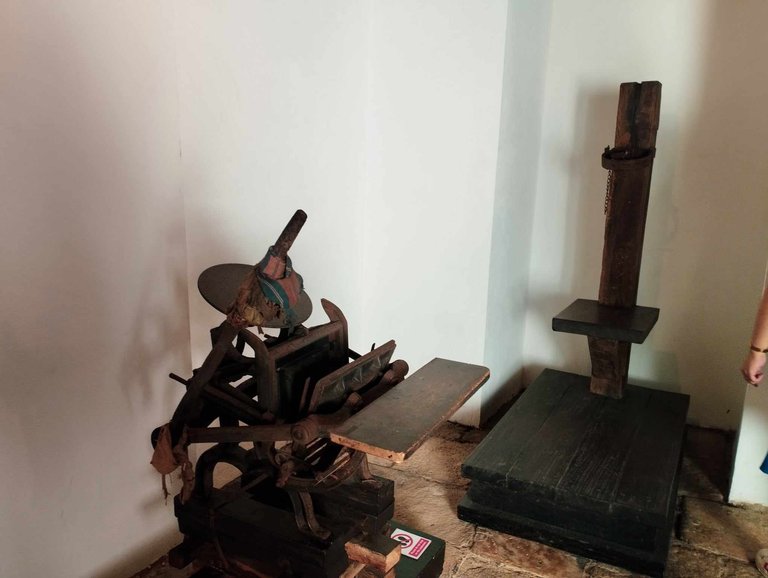
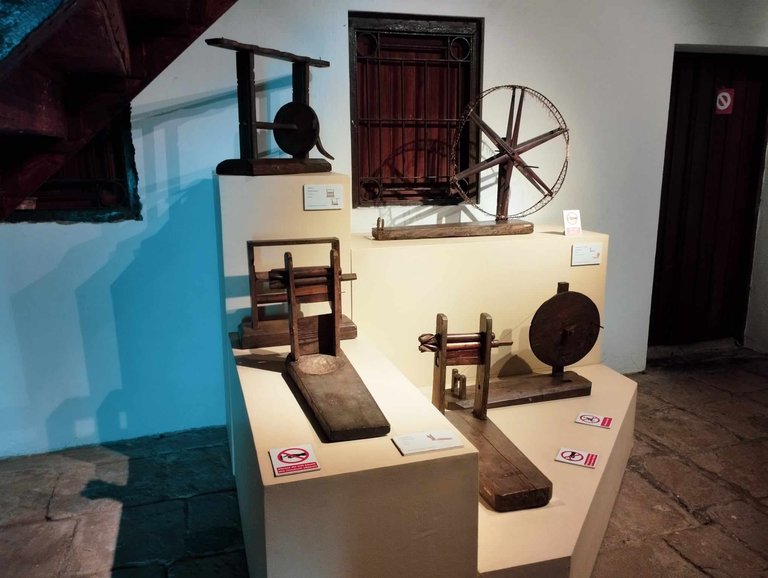
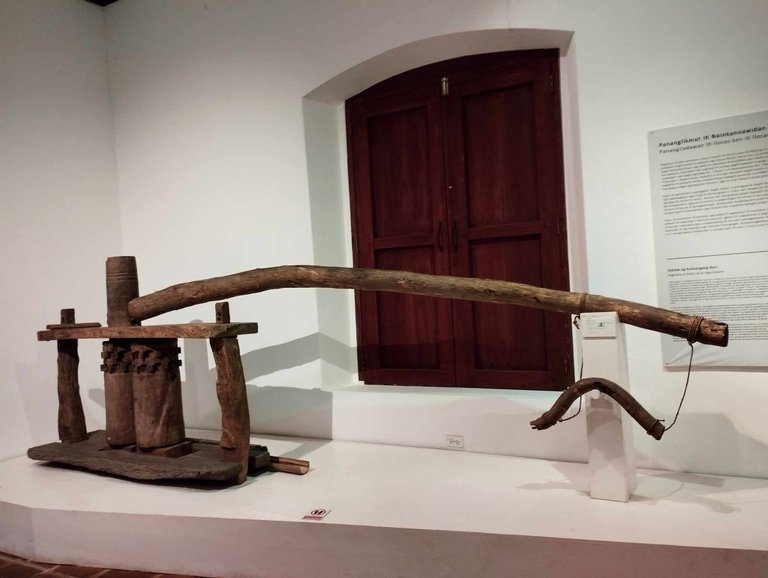
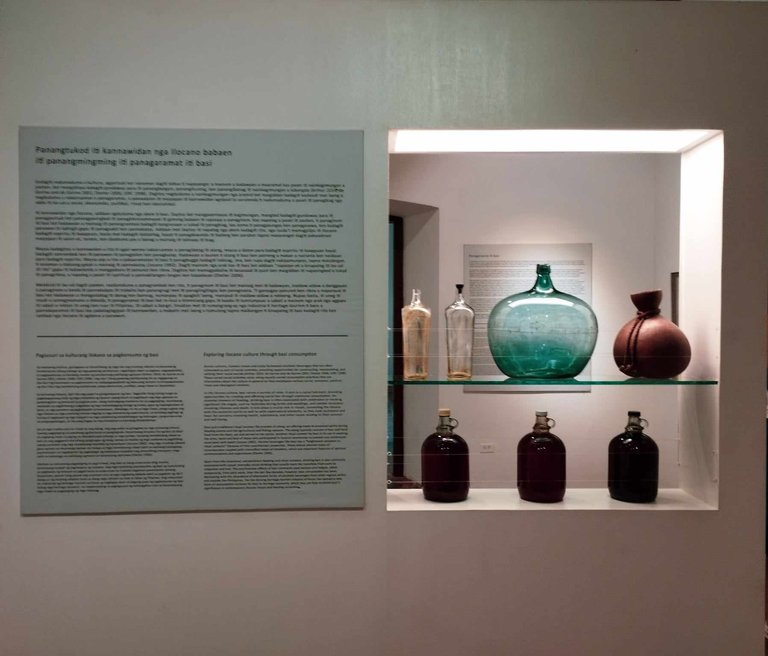
The Burgos Museum currently has antique furniture and other home furnishings that the Filipinas Foundation acquired in the 1970s from the Ilocos region. These artifacts serve as reminders of a bygone era.
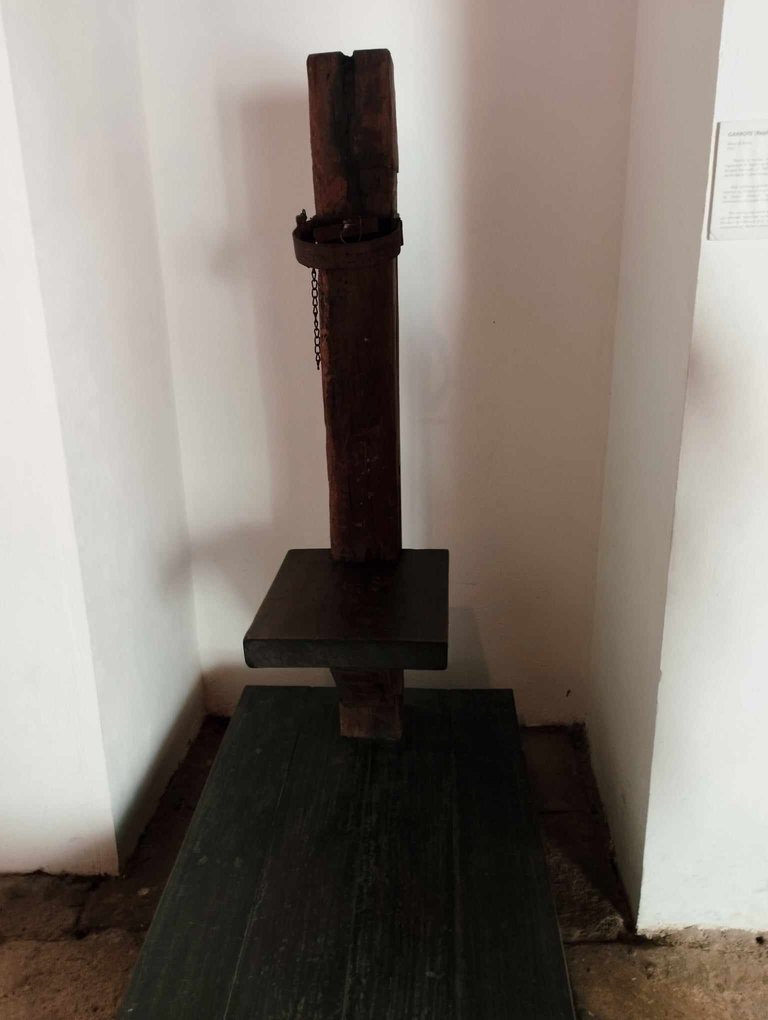
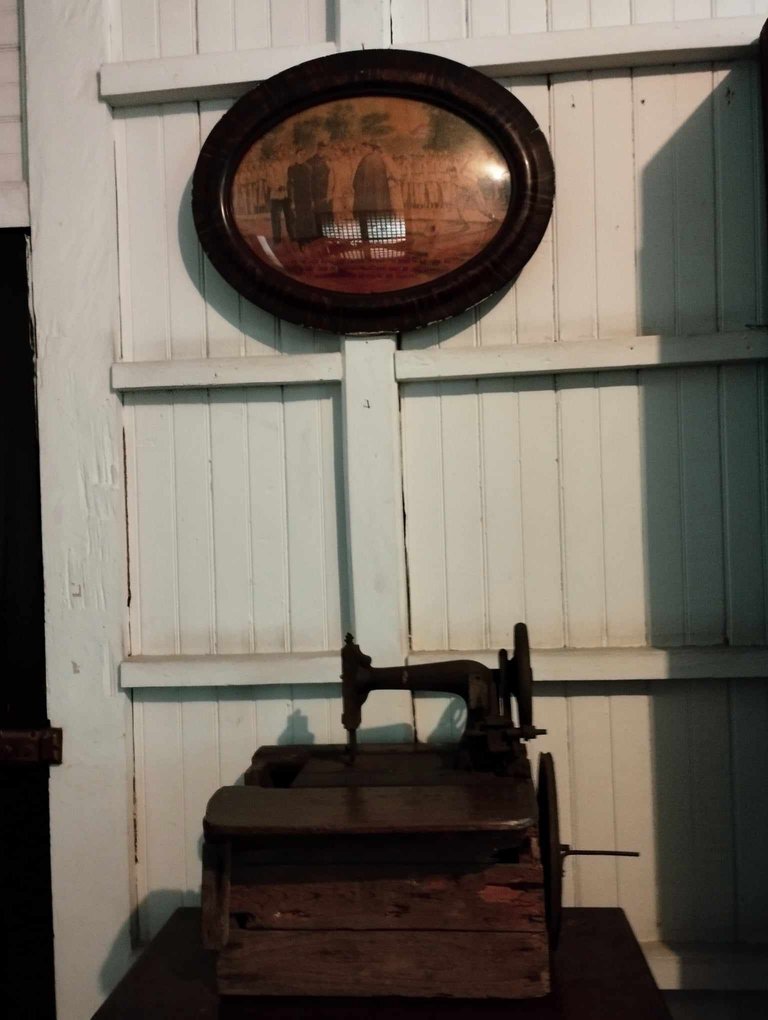
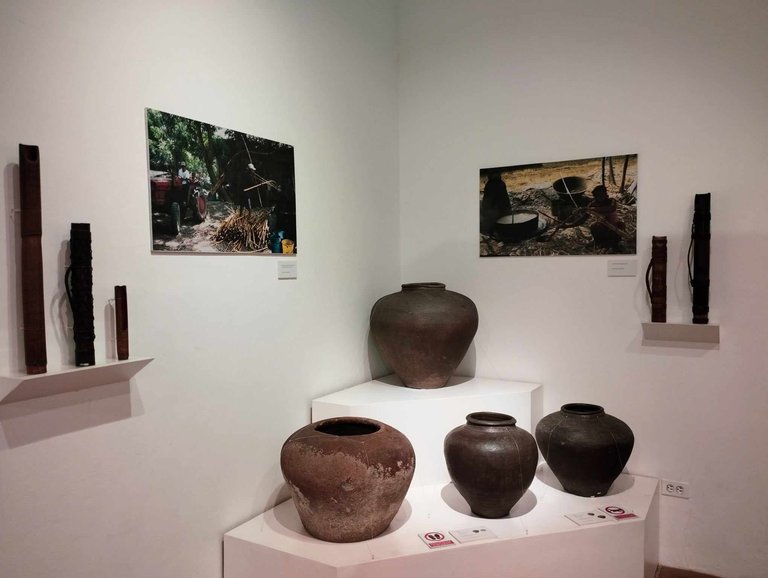
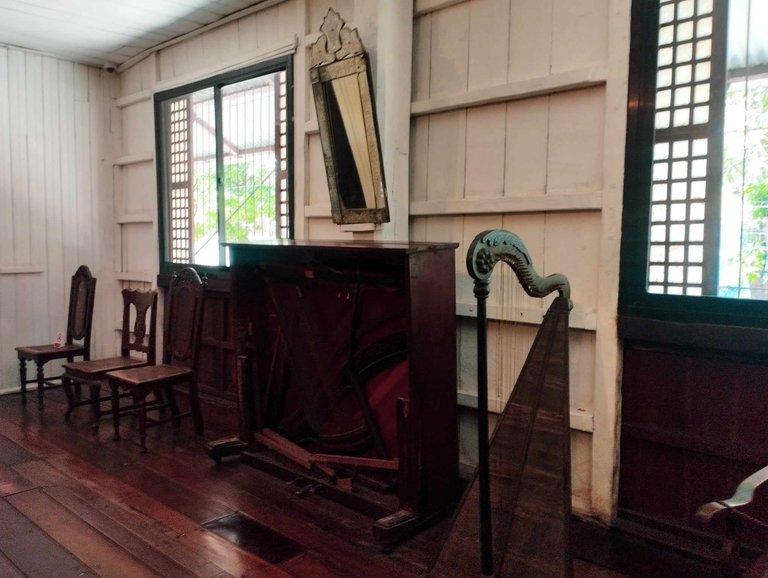

The ground floor gallery also houses the Abel-Iloko exhibition.
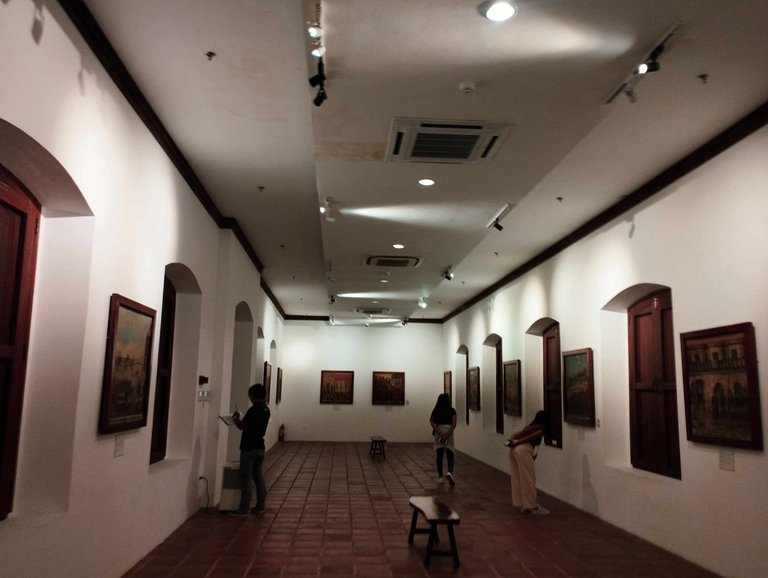
The House of Our 6th President, Elpidio Quirino
I found the visit to the Syquia Mansion Museum in Vigan, Ilocos Sur, to be incredibly fascinating.
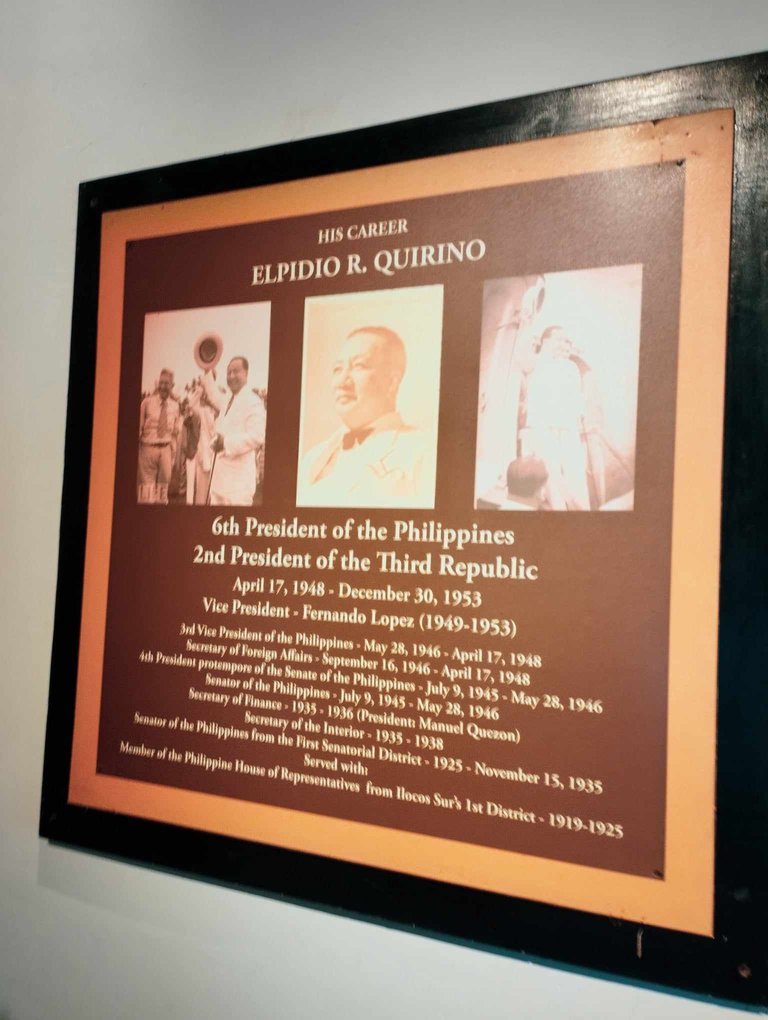
A gallery on the Old Carcel Museum's second-floor houses items connected to Elpidio Quirino (EQ), the Sixth President of the Republic. He was born in this building on November 16, 1890, when his father became a jail warden.
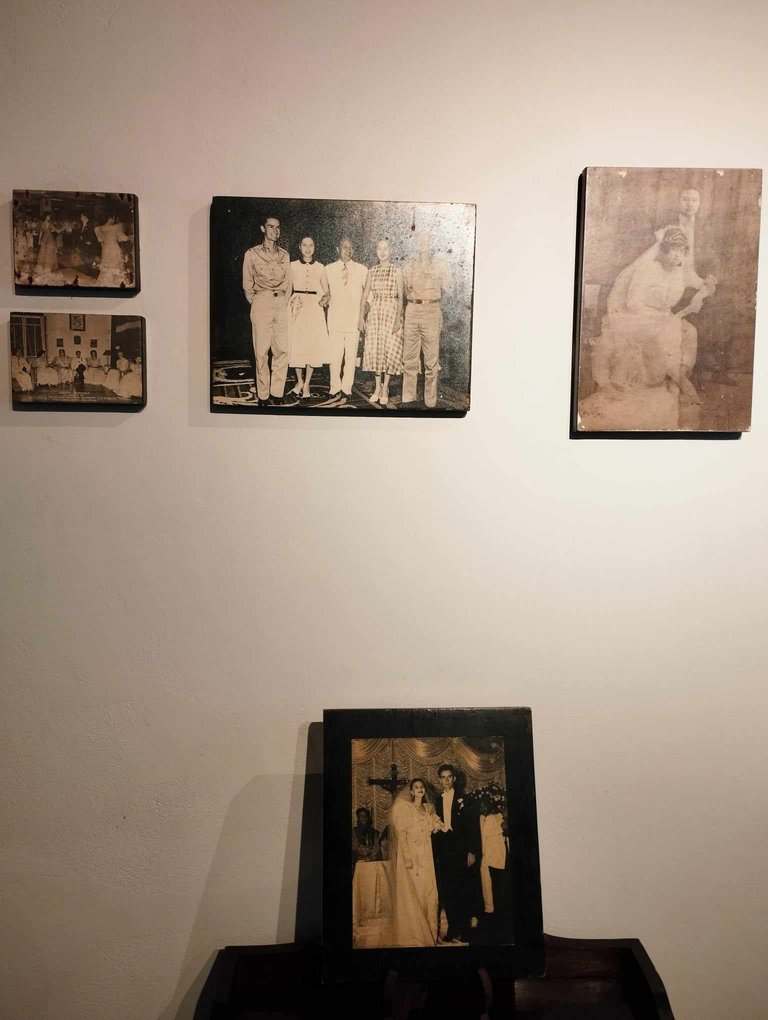
Elpidio Quirino, a former president of the Philippines, once called the mansion his ancestral home. The museum provides a glimpse into the opulent way of life and extensive past of the Quirino family.
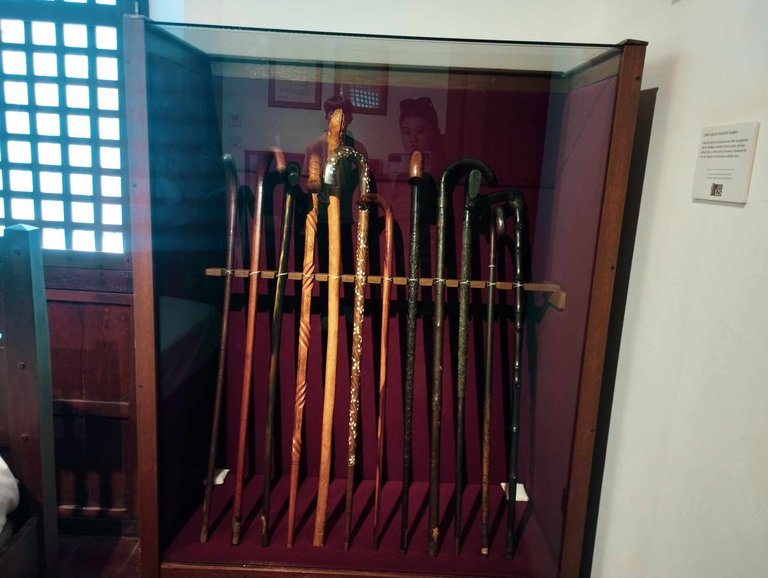
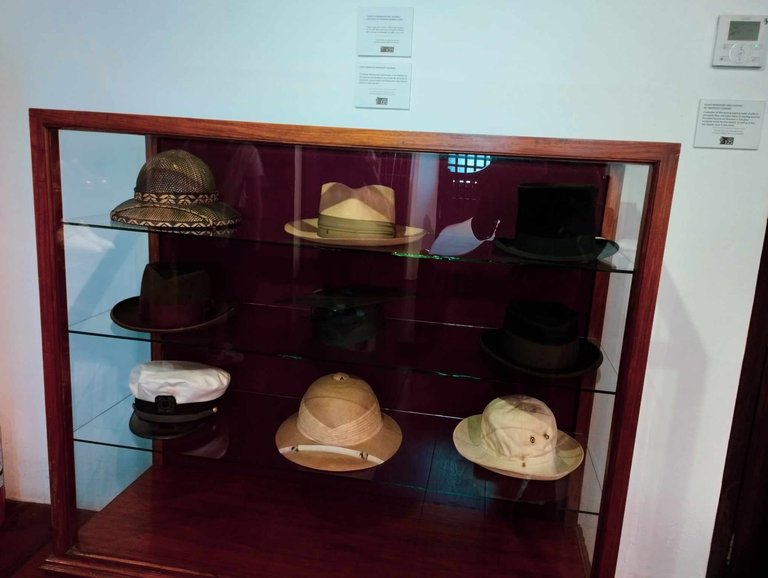
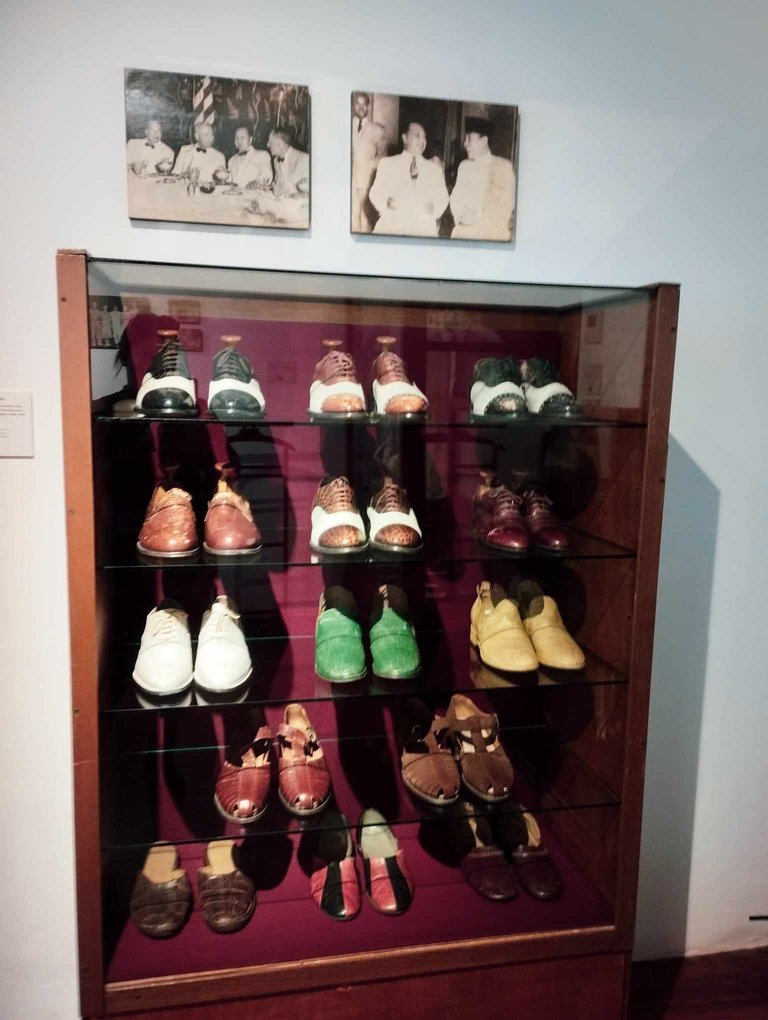
His barong Tagalog partly showcases Elpidio Quirino's exquisite textile craft, and other pieces from his wardrobe are also on display. The collection includes a range of wooden furniture, souvenirs, and an intricately carved chest made of camphor wood that Chinese General Chiang Kai Shek gave to President Quirino.
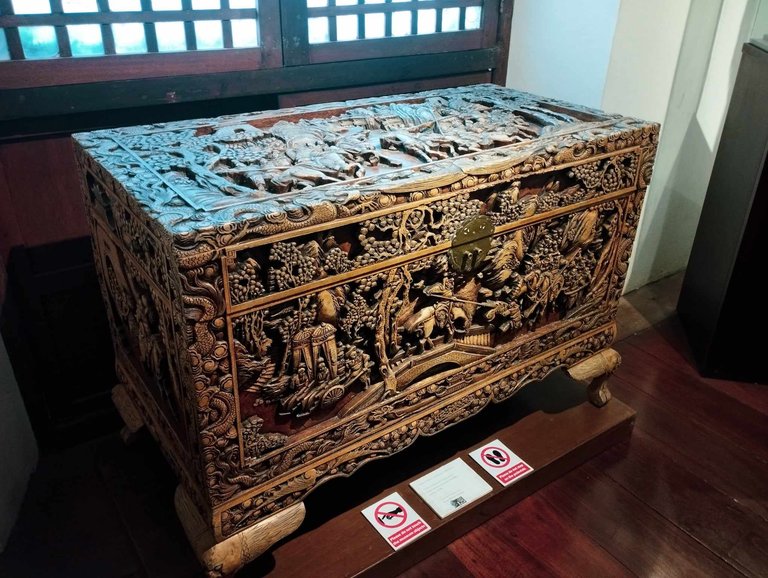
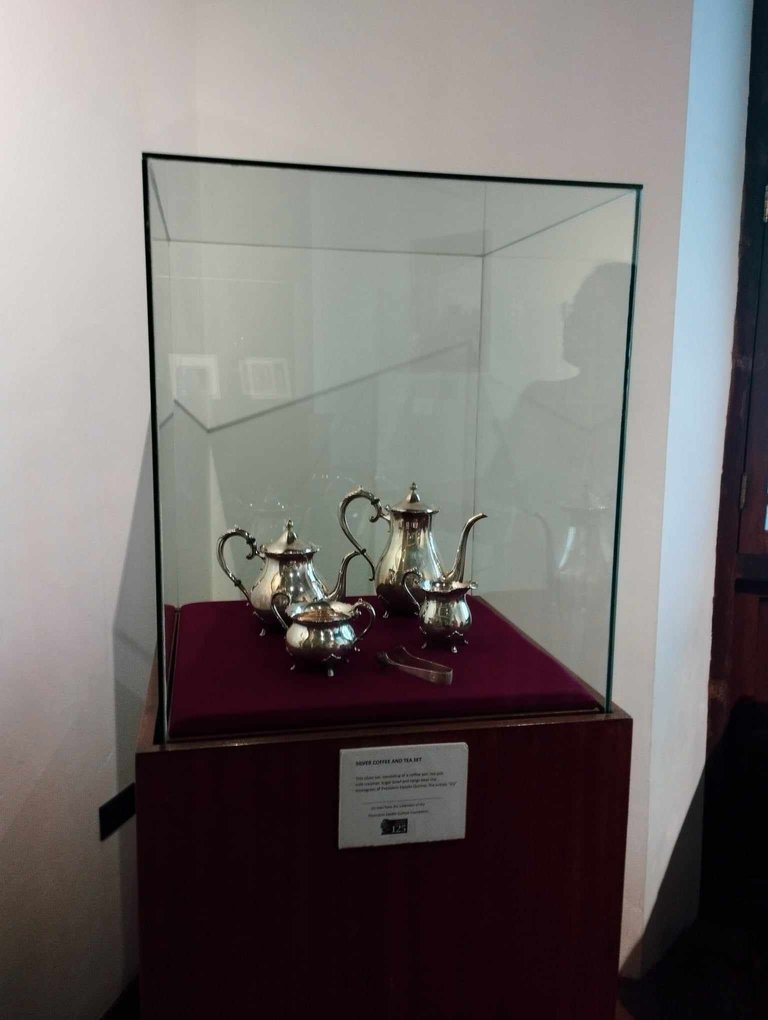
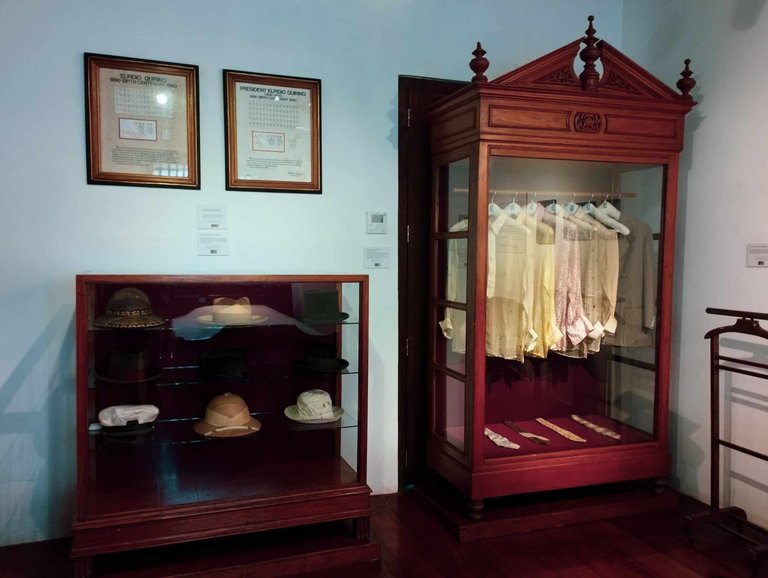
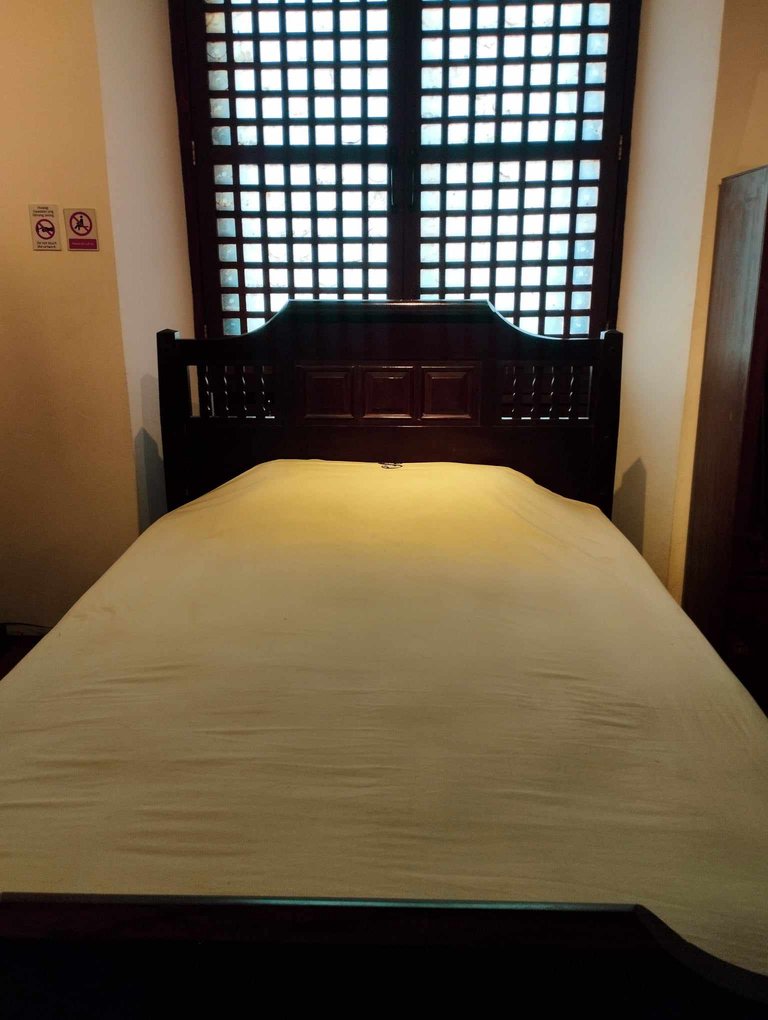
You are instantly transported back in time when you enter the grand entrance. The mansion is a magnificent example of Spanish colonial architecture with its lavish exterior and spotless interior. Each room has a story to tell, and the knowledgeable tour guide made the experience even more enjoyable by providing historical background and humorous anecdotes.
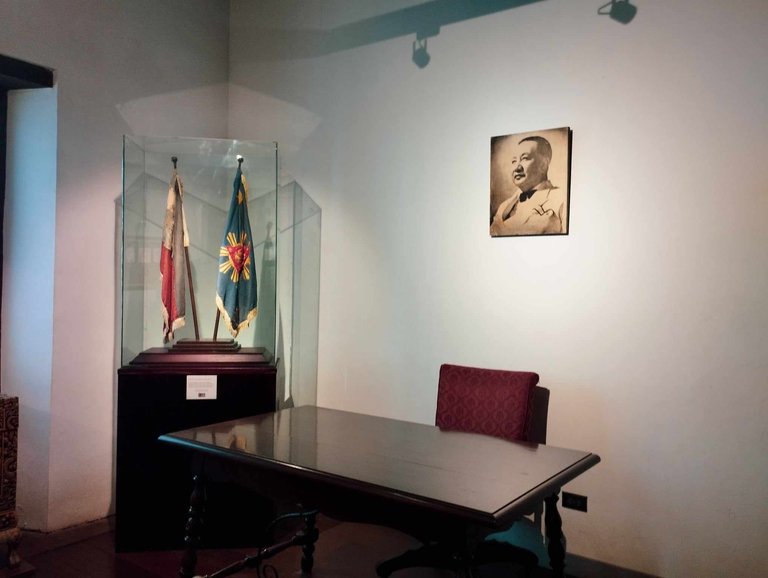
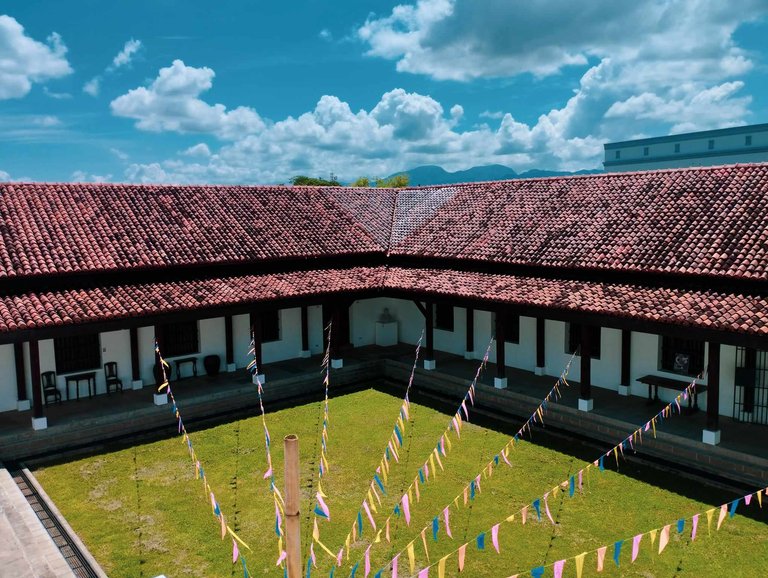
The Provincial Jail
Our tour guide said that The Carcel started as a small town jail called Carcel de Vigan in 1657. It served as the province jail for Ilocos Sur after the Provincia de Ilocos was split into Ilocos Norte and Ilocos Sur in 1818.

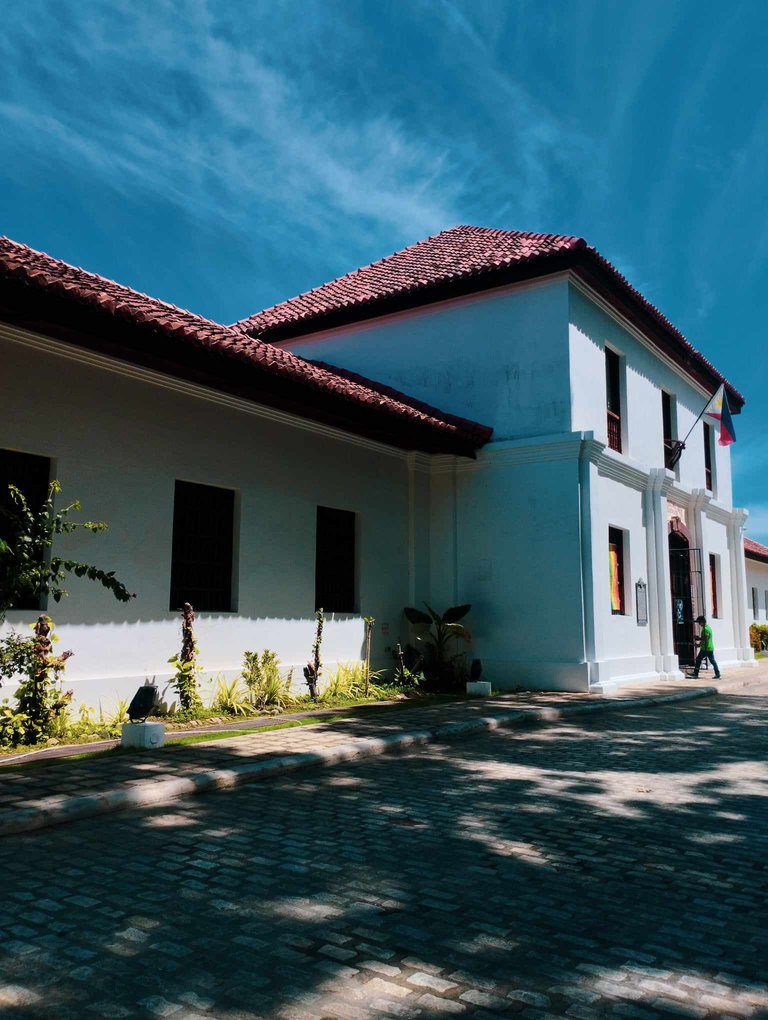
The structure is composed of brick and mortar and has an external layer of white plaster. The carcel's roofing is again made of Spanish-style red clay barrel roof tiles.
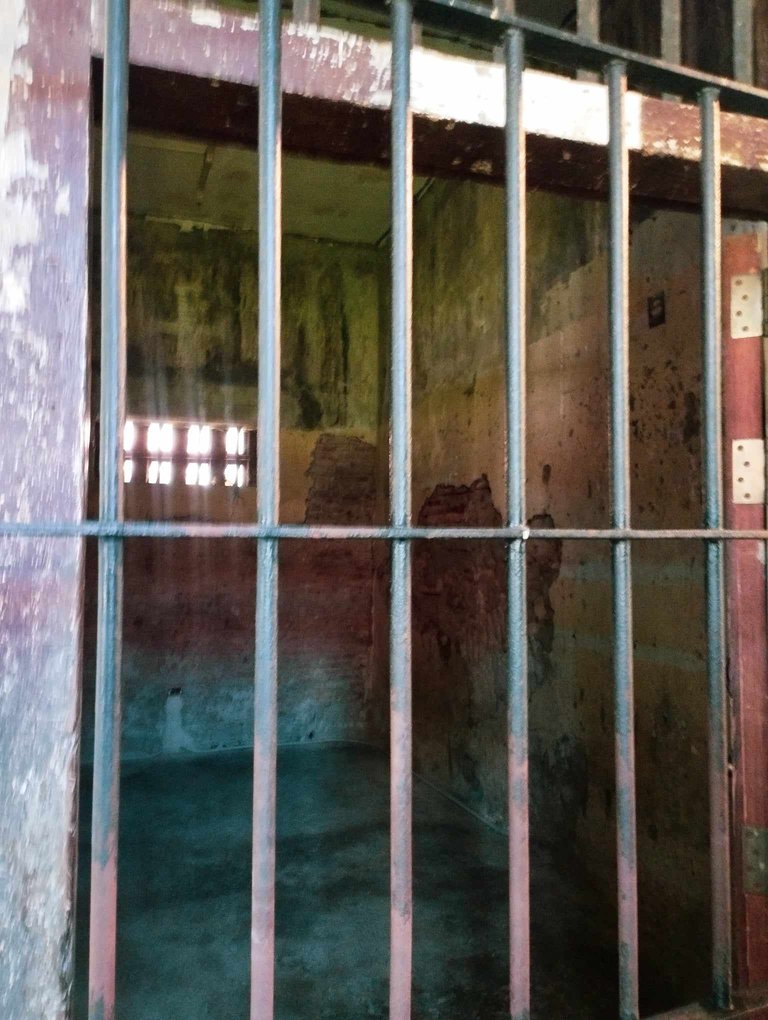
Furthermore, while most of the property's jail features have been altered for the museum's current use, some have remained in place, such as the cast-iron bars that adorned the fenestrations and doorways of the original buildings.
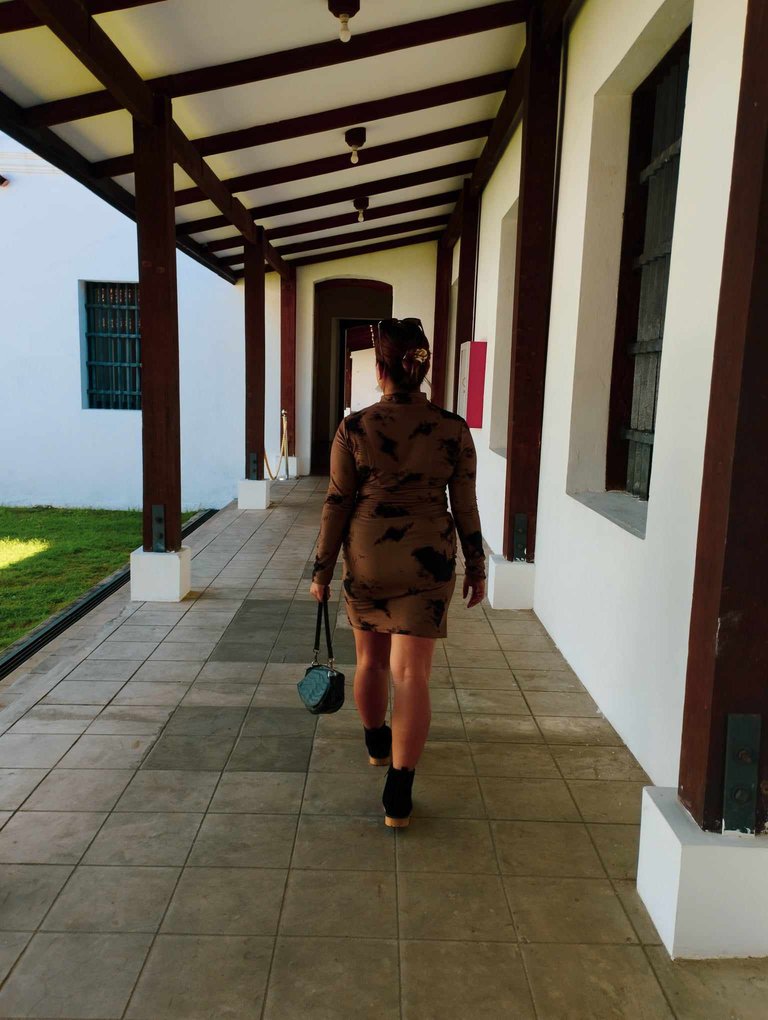
I appreciate my stroll through the Ilocos Museum Complex. The historical tales and the stories embedded in all the fantastic things I saw inside the museum have me in awe.
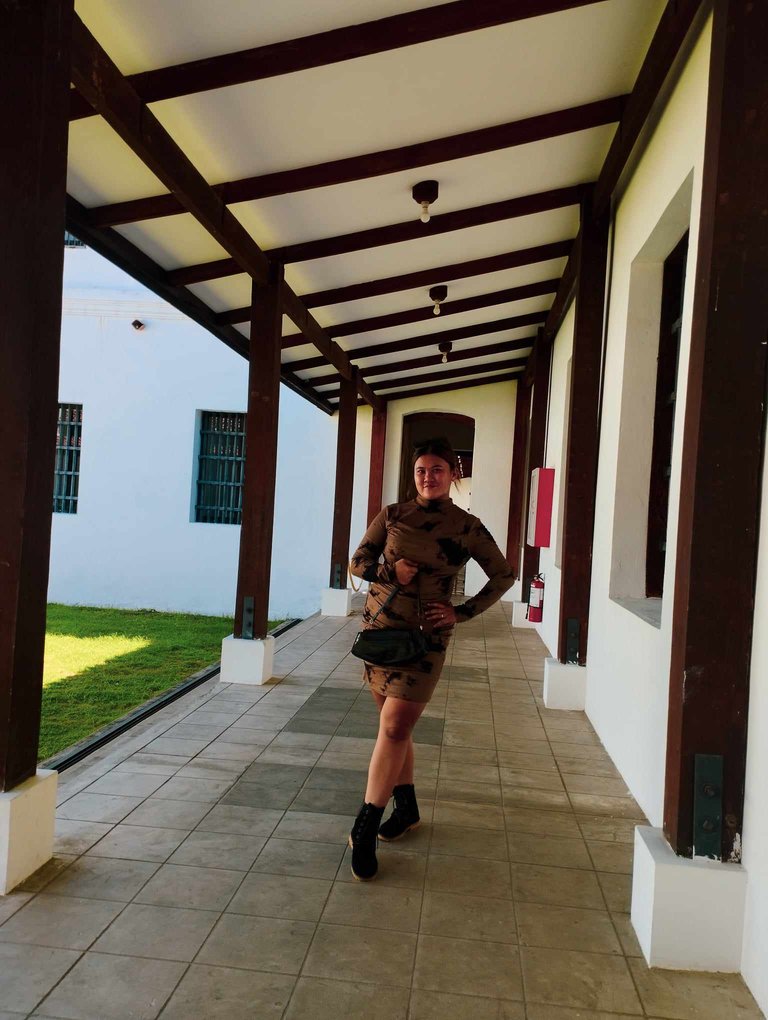
I've travelled back in time, and the museum taught me a great deal.

